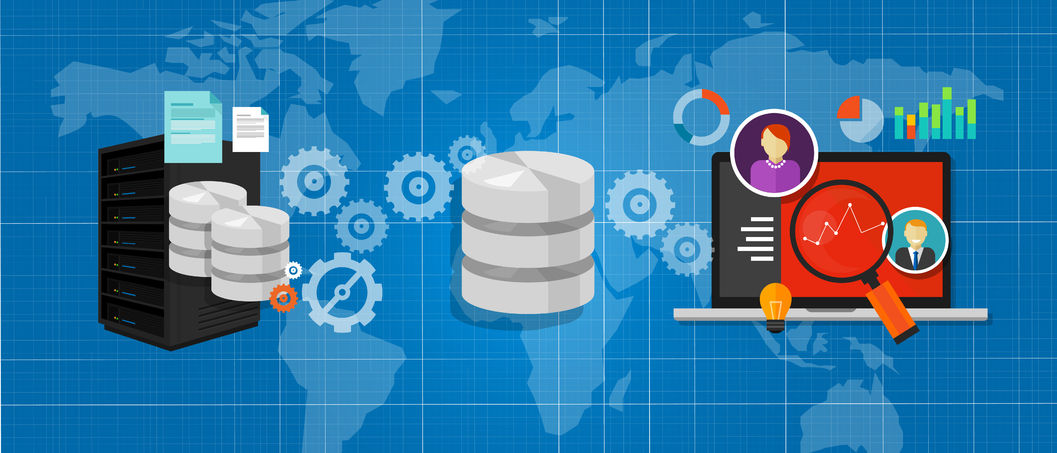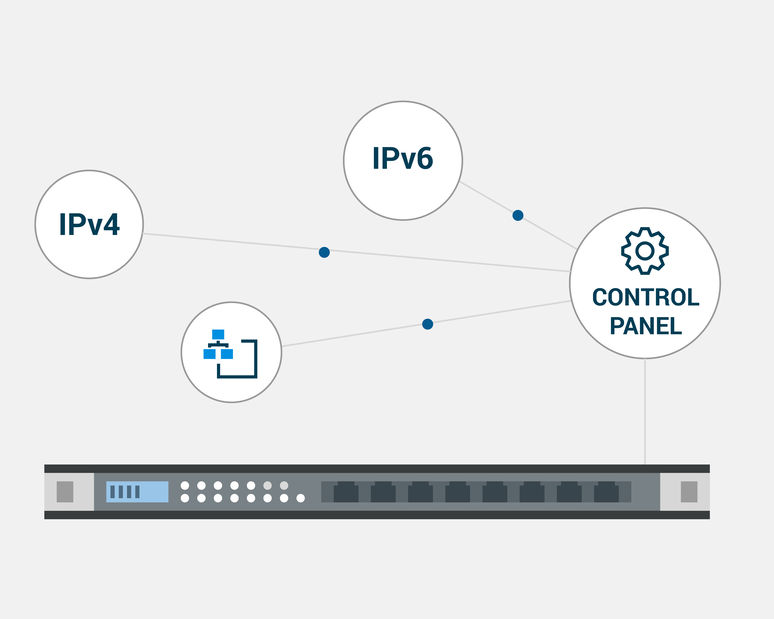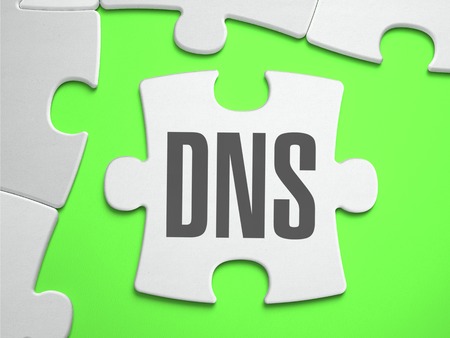DNS load balancing and hardware load balancing are two different methods for distributing traffic effectively among servers. They help in enhancing reliability and guaranteeing simple and quick access to online services. Yet, which one is the best for you and your online business? Keep reading to understand these techniques better, explore their benefits and help you choose the right path for seamless online experiences. So, let’s start!
Why do we need load balancing?
With the massive increase of the internet traffic each year, it is getting harder to provide a sustainable service for all the millions of clients without having some downtime. For this purpose, you need to apply a model of load balancing, that will reduce the load caused by the countless users trying to reach your website or use your application.
Another reason why you need to use load balancing is the rising number of DDoS attacks. To evade them you will need to spread the traffic to as many as possible servers that you have. That way, their combined efforts can resist the wave of high traffic.
DNS load balancing explained
DNS load balancing is a technique that distributes incoming web traffic across several DNS servers by associating a single domain name with multiple IP addresses (IPv4 and IPv6). When users request the domain, DNS servers provide different IP addresses in a DNS Round-Robin fashion or based on other algorithms that help effectively spread the load. That way, traffic is distributed across multiple servers, preventing any single server from becoming overwhelmed and maintaining overall service availability.
Pros of DNS load balancing
Some of the main benefits of DNS load balancing include the following:
- Easy to Implement: It doesn’t require specialized hardware and can be implemented by only configuring DNS records. That makes it an excellent choice for businesses of all sizes.
- Geographic Distribution: It can also be utilized to direct users to servers in different geographic locations. As a result, it improves performance by reducing latency for users located at different points all over the world.
- Scalability: Adding or removing servers from the load balancing pool is a relatively easy and simple process. That makes it suitable for applications that experience changing levels of traffic.
Cons of DNS load balancing
Here are several things you should consider before implementing this technique:
- TTL Impact: DNS records have a Time-to-Live (TTL) value, which determines how long a DNS response is cached. Changing load balancing configurations might take time to propagate due to the caching mechanism.
- Limited Monitoring: It lacks real-time awareness of server health. If a server becomes unavailable, DNS will still route traffic to it until the DNS cache expires. To avoid that, you can implement a Monitoring service to help identify potential issues quickly.
Hardware load balancer (HLB)
HLBs are the first to appear sometime in the late 90s. They are hardware, which means you need to purchase the device and connect it to your network. Hardware load balancing (HLB) distributes traffic across multiple servers depending on the servers’ process power, the connections, usage of resources or randomly.
The hardware load balancers are implemented on Layer4 (Transport layer) and Layer7 (Application layer). On Layer4 it makes use of TCP, UDP and SCTP transport layer protocol details to make decision on which server the data is to be sent.
Suggested article: Comprehensive Guide on TCP Monitoring vs. UDP Monitoring
On Layer7, the hardware forms an ADN (Application delivery network) and passes on requests to the servers as per the type of the content.
Pros of Hardware load balancing
Here are the primary benefits of Hardware load balancing:
- Advanced Features: Hardware load balancers can perform complex traffic distribution algorithms, considering factors like server health, response times, and content-based routing, leading to more efficient traffic distribution.
- Real-Time Monitoring: These devices continuously monitor server health and network conditions, enabling immediate traffic redirection in case of server failures or high loads.
- Enhanced Scalability: Hardware load balancers can handle large amounts of traffic and provide seamless scalability for growing services.
Cons of Hardware load balancing
Some of the drawbacks or things you should have in mind when choosing this method for load balancing are the following:
- Cost and Complexity: Implementing hardware load balancing requires a significant investment in specialized hardware devices and ongoing maintenance, which might be a barrier for small to medium-sized businesses. Configuration and management can be complex, especially for organizations without specialized networking experts.
- Single Point of Failure: While hardware load balancers enhance server availability, they themselves can become single points of failure. Proper advanced configuration is often necessary to mitigate this risk.
DNS load balancing vs. Hardware load balancing
We will compare them in two conditions, with a single data center, and with cross data center load balancing.
In the first scenario, both are very competitive. The main difference is in price. The DNS load balancer can be more accessible because usually it is offered as a subscription. In the case of HLB you must buy it and if you need extra power in the future, the upgrades can come very costly. The DNS service can be scaled easier, just by updating to another plan.
In the second scenario with cross data center, things are similar. It is getting very expensive to create a global server load balancing with the HLB because you need to properly equip every of your data center.
With global in mind, the DNS load balancing has a clear advantage over the HLB with scalability and price. The DNS option has a better failover and easy recovery.
Another advantage of the DNS load balancing is the cost to maintain. The DNS services are mostly offered as Managed DNS, so it requires less maintenance.
Conclusion
Both DNS load balancing and hardware load balancing offer a good solution for distributing traffic. Which one to choose depends on the needs of your company. How tight control you would like to have? How much can you invest? Do you like a subscription model with small monthly fees or do you prefer to put a lot of money every few years to have top of the notch performance?
We recommend you to try a DNS cloud-based load balancing, like our GeoDNS.
It is cost-effective, easily scalable; you can use multiple geolocation target options and have protection from DDoS attacks.
Later you can combine it with your own hardware load balancing and create a hybrid for your specific needs.
Hi, I’m Martin Pramatarov. I have two degrees, a Technician of Computer Networks and an MBA (Master of Business Administration). My passion is storytelling, but I can’t hide my nerdish side too. I never forgot my interest in the Hi-tech world. I have 10 years and thousands of articles written about DNS, cloud services, hosting, domain names, cryptocurrencies, hardware, software, AI, and everything in between. I have seen the Digital revolution, the Big migration to the cloud, and I am eager to write about all the exciting new tech trends in the following years. AI and Big Data are here already, and they will completely change the world!
I hope you enjoy my articles and the excellent services of ClouDNS!






